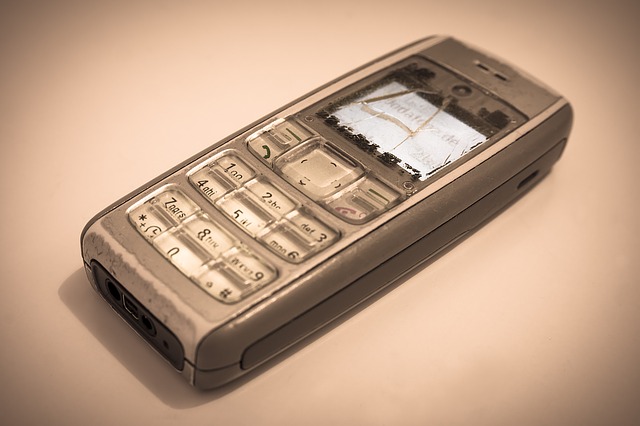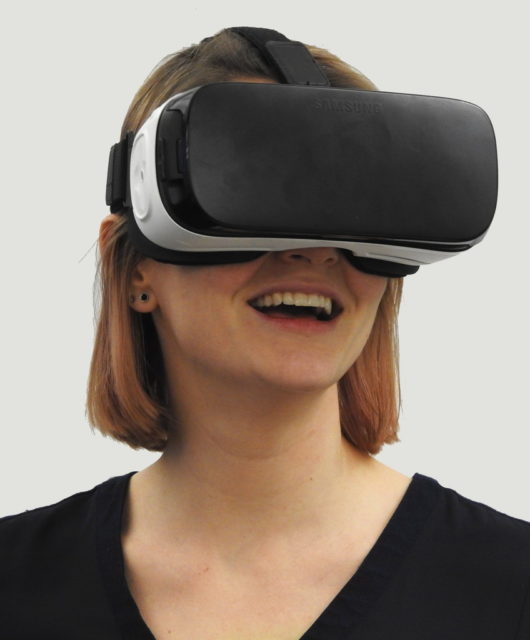Evolution of the mobile phone

Many people may not realise it, but the mobile phone was invented as far back as 1973 – although the devices of the first couple of decades bore little resemblance to the high-tech ones we use today. It was not until the 1990s that we began to see rapid evolution in the technology underpinning them and it is this period of roughly twenty years that we will look at more closely in this article.
Throughout the 1980s and the majority of the 1990s, the average mobile phone was around the same size as a brick – and not much lighter either! It also came with an antenna sticking out from the top, and it was not until 1997 that the latter were moved to inside the phones. AT&T’s model from that year was one of the first to achieve this, although in other respects it was still decidedly primitive. Nokia, the company that dominated the first decade and a half of the new millennium, produced the 3210 phone in 1999 that offered much improved graphics, a smaller, sleeker build and a range of colour choices. It was a big leap forward, but the average mobile phone screen still only took up a small percentage of the body – with physical keyboards requiring a lot of this space. In 2000, Motorola made another advance when it debuted the first phone with primitive touch screen capability – a feature that would subsequently be refined seven years later with the first iPhone. However, in the early 2000s, there is no question that Nokia led the field – and its 7650 model was another huge step towards the mobiles of today. Not only was this the first mobile phone to contain a camera built into it, but it was also the first one to offer a full colour screen, with image quality far superior to anything that came before. Following it up three years later with the N95, which offered 2.2 inches of screen, got rid of most of the physical keyboard and also brought tech like Wi-Fi and Bluetooth to the mobile phone, it seemed like nothing could stop Nokia. At this time the company’s share of the market was a remarkable 49.4 percent, but sadly this was as good as it got for Nokia. In 2007, Apple launched the iPhone, with Google releasing its first Android operating system the following year, and together they surpassed Nokia’s Symbian OS. The firm never regained its former dominance and by 2013 had just 3 percent of the mobile market. Apple pioneered voice control technology starting with its 3GS model in 2009, which featured an early version of Siri, while Android phones continued to get larger screens – with these rising to 6 or more inches. Indeed, the mobile phones of today are not just communications devices, they are gaming ones as well; capable of handling simple casino games and ones that boast HD graphics and this could well be where the future lies for them.
Given the astonishing progress that we have seen in mobile tech during the past few years, who knows what these devices will be capable of a little further into the future.










